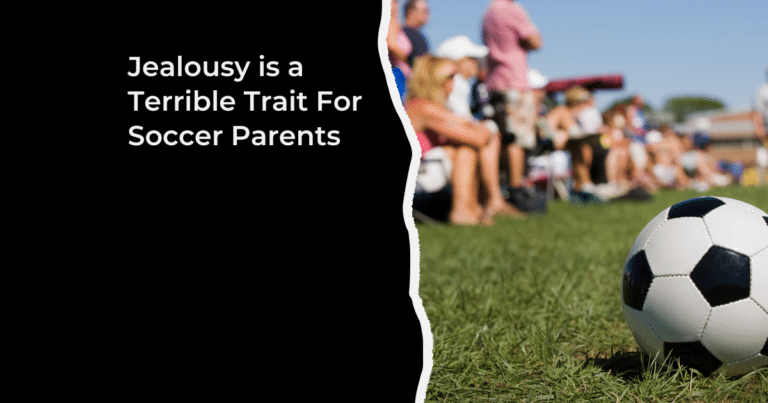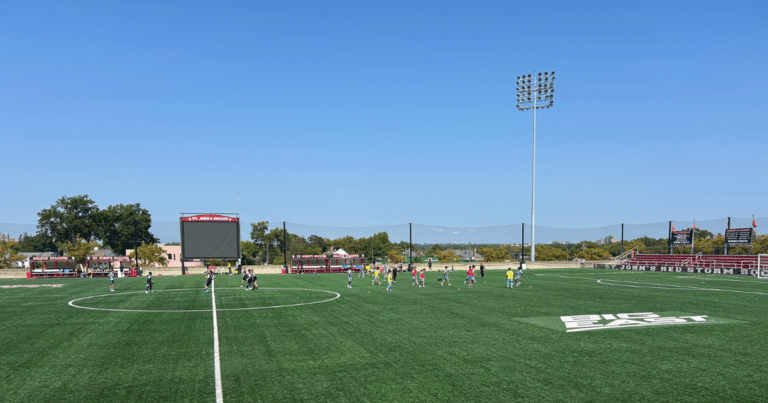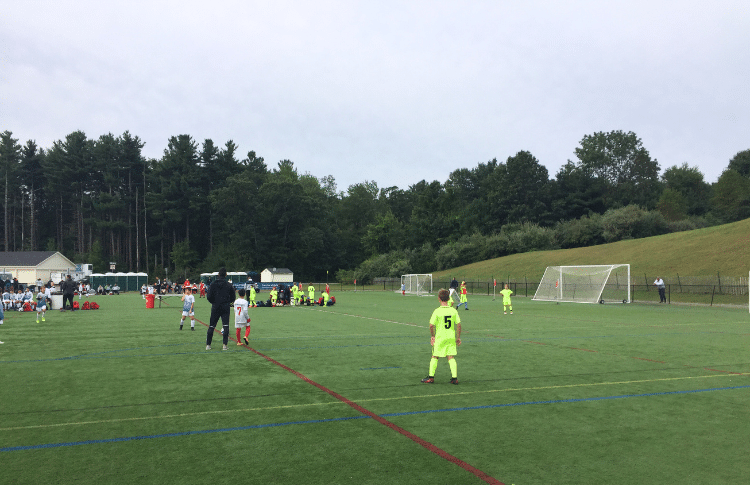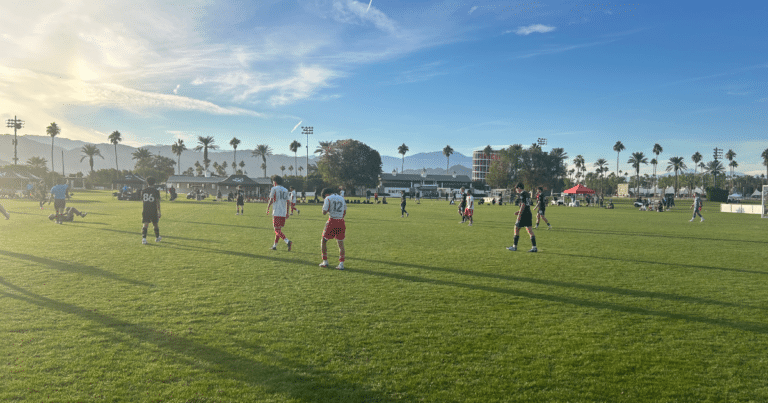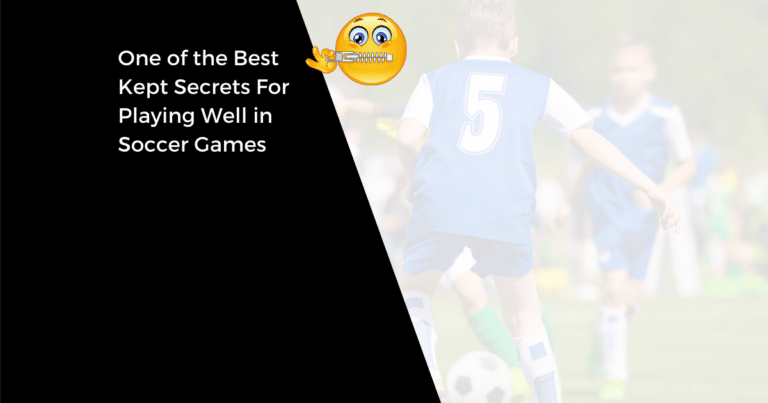How to Get Quicker Feet for Soccer
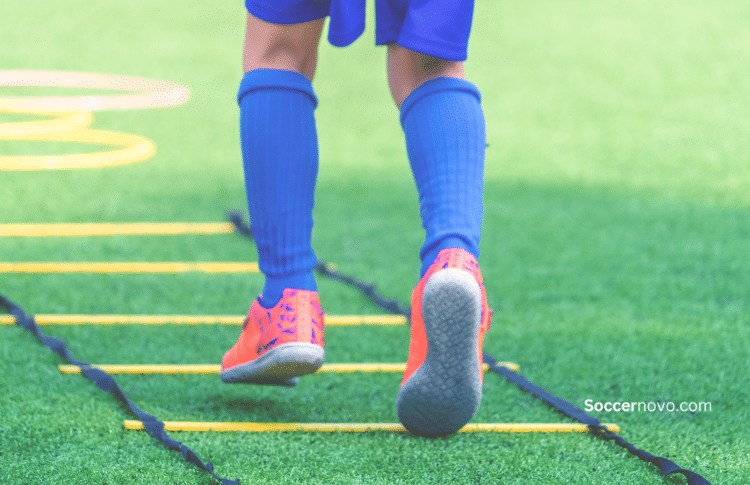
If you want to become the best player you can be, learning how to get quicker feet for soccer can be a difference maker.
Soccer is often dependent on dazzling footwork and it is what separates the great players from the rest.
Foot quickness is necessary for performing explosive dribbling moves to separate from your defender, remove yourself from high-pressure situations, create sharp turns to give yourself chances to score a goal, and more.
Basically, if you want to become a successful soccer player, you should work on your footwork almost everyday.
Here are some drills that you can incorporate into your training regimen to vastly increase your quickness for soccer.
Plyometric Hurdle Rebounds
Also called jump training, plyometric hurdle rebounds are powerful aerobic exercises that athletes use to increase their strength, speed, and agility.
You will need to set 5 agility hurdles, with around 3 to 5 feet distance between them.
You can start with mini-hurdles if you are just starting, and then work your way up to waist-height hurdles.
Start with your feet hip-width apart, then jump up and over the first hurdle and land on both your feet. After landing, jump again off your toes and use your arms for more momentum. Continue until you clear all 5 hurdles.
Repeat 3 times per set, try to complete at least 3 sets, with 2-minute breaks in between.
To increase the intensity, you can increase the distance between the hurdles.
Acceleration and Deceleration Shuttles
Soccer is a game where players are required to run up and down the pitch using frequent and explosive short bursts.
Players need to work on their acceleration so that they can create a lot of distance between the defenders without giving them time to react.
In addition, players should also decelerate quickly so that they can put on the brakes and shake off defenders and create openings for passes, shots, or to change directions.
To do this exercise, set up 6 training cones. Place 2 cones side-by-side around a meter apart. This should serve as your “gate”. Five steps from the gate, place the first cone. After five more steps lay down another cone. Take five more steps and place two more cones to create another gate.
At the first gate, get set by placing one foot forward and bending your knees slightly. This will give you a lower center of gravity and more balance.
At the signal, sprint as fast as you can toward the first cone, and then quickly decelerate and backpedal around it from left to right.
After going around the first cone once, sprint towards the next cone and backpedal around it, too. After going around the cone once, sprint towards the exit gate. Turn around and then repeat the process, but this time, go around the cones the other way around to balance the training of both your feet.
Complete 3 reps per set. Try going for at least 3 sets with 2-minute breaks in between.
Agility Ladder Drills
Lateral speed training will help players improve their speed, and ability to change directions quickly.
This is an important ability in soccer because it is almost impossible to predict where the ball will go. And, offensively, you’ll be one step ahead of the defender.
Lateral quickness, combined with lateral strength, will allow players to change directions at a full sprint quickly without losing too much speed and maintaining balance.
Spread your agility ladder on a flat surface and line up with feet parallel to the rungs. Bend the knees slightly and then put the inside foot inside the first rung.
Raise your outside foot and place it inside the same rung but before it hits the ground, lift the inside foot and step into the next rung. Make sure that you are landing on the balls of your feet.
Repeat until all the rungs are completed and then start over.
Repeat this 3 times to complete a set. Try to get in as many sets as possible but give yourself a 2-minute break between sets.
Conclusion
These are just some of the simple exercises that you can incorporate into your daily training routine to give yourself quicker feet for soccer.
Getting quicker feet for soccer won’t happen overnight. It might not happen in three months but it will eventually happen. Depending on your age, you might have a lot of room to grow as a player.
It is important to be consistent with your training.
All the work you do today will pay off in the future!

Written By: SoccerNovo
SoccerNovo is an independent youth soccer media brand built to help parents, players, and coaches better understand the game and the pathways available in U.S. soccer. Our mission is to make youth soccer simpler, clearer, and more accessible for everyone involved in it.
Let’s connect


